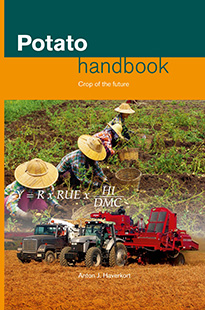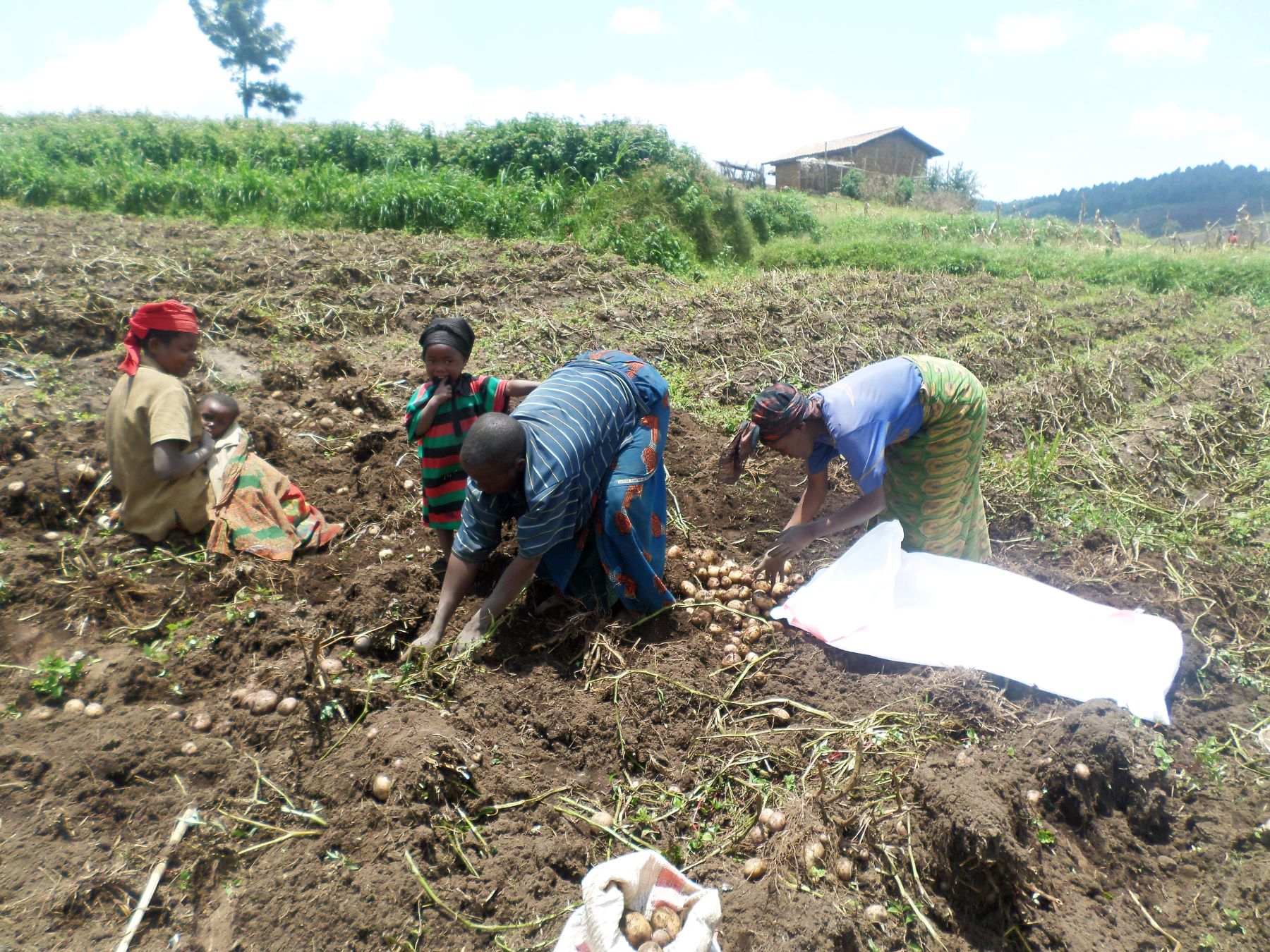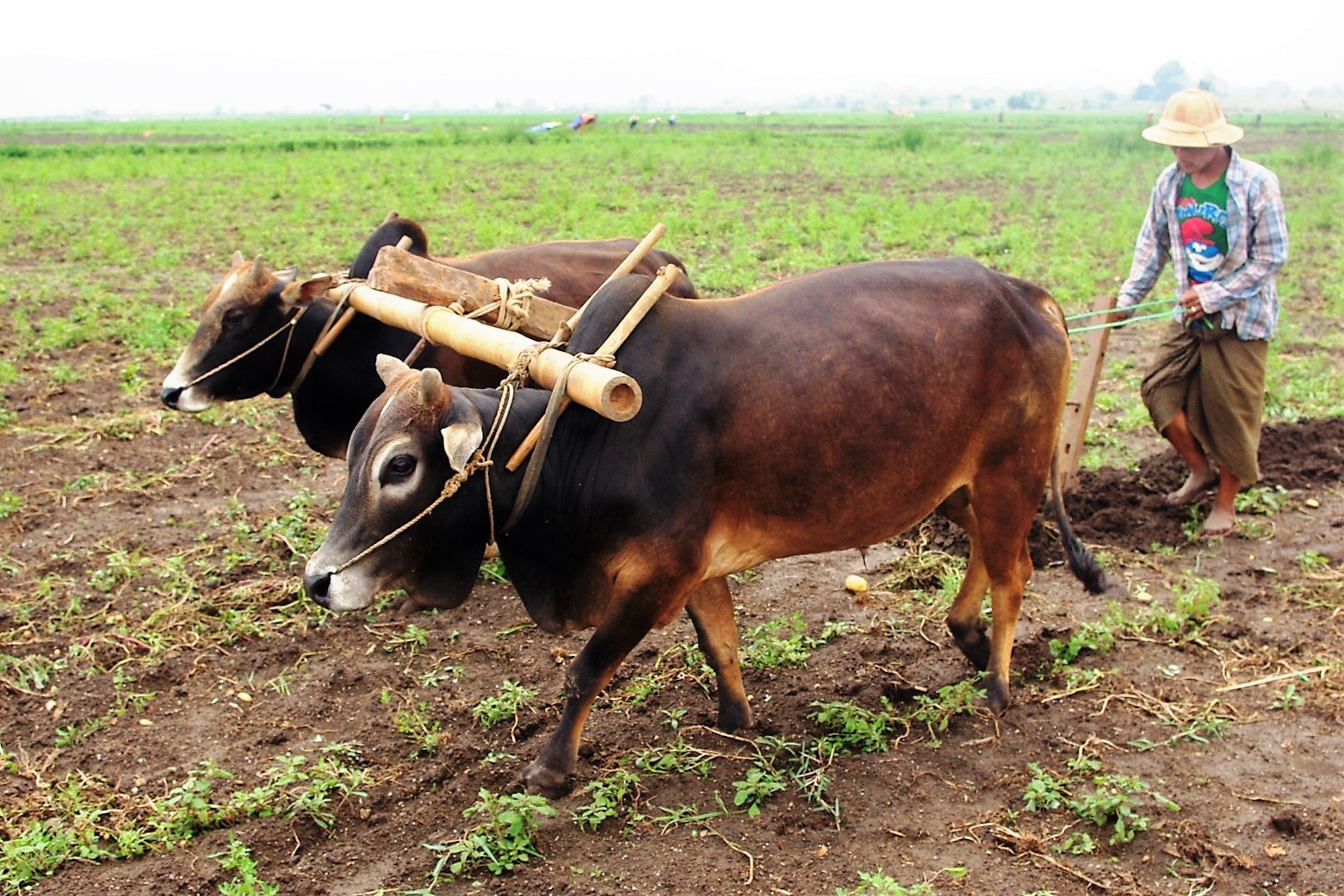Already a subscriber? Activate your premium account

Potato Handbook

Manual harvesting is done with the aid of a grubbing fork and collecting the exposed tubers in a basket or bag before storing or bringing them to the market.
Semi-automatic harvesting involves lifting the tubers by animal-drawn plough or a tractor-propelled potato windrow digger comprising chisels that lift the tubers and soil, accompanied by tines and a conveyor belt bed that gently descends the tubers to the soil. Alternatively they are supplied with a spinning wheel that throws the tubers sideways.
Occurance of skin damage
After drying for a few hours, the tubers are picked up by hand, put into bags and transported to the store. Fully mechanized harvesting does not need manual labor apart from driving the propelling machines (harvesters, lorries) and sorting where the harvesting machine offers a grading platform. All methods have in common that when the skin of the tubers is not hardened before the harvest, it will partly come off leaving tubers damaged, less appealing, susceptible to diseases and harder to store than undamaged mature hardened tubers. The more manual labor is involved going from automatic, semi-automatic to hand-lifting, the less skin chafing damage occurs to the tubers. Not only the maturity state plays a role in tuber damage, the presence of clods in the soil, soil humidity; temperature (ideally between 10 and 20 °C), drop height and softness of the material where the tubers fall also determine tuber damage.

Lifting and harvesting by hand is most labor-intensive. The workload is reduced by using animal power.
Events
©2015 - 2024 Potatoworld | Webdesign and realisation COMMPRO